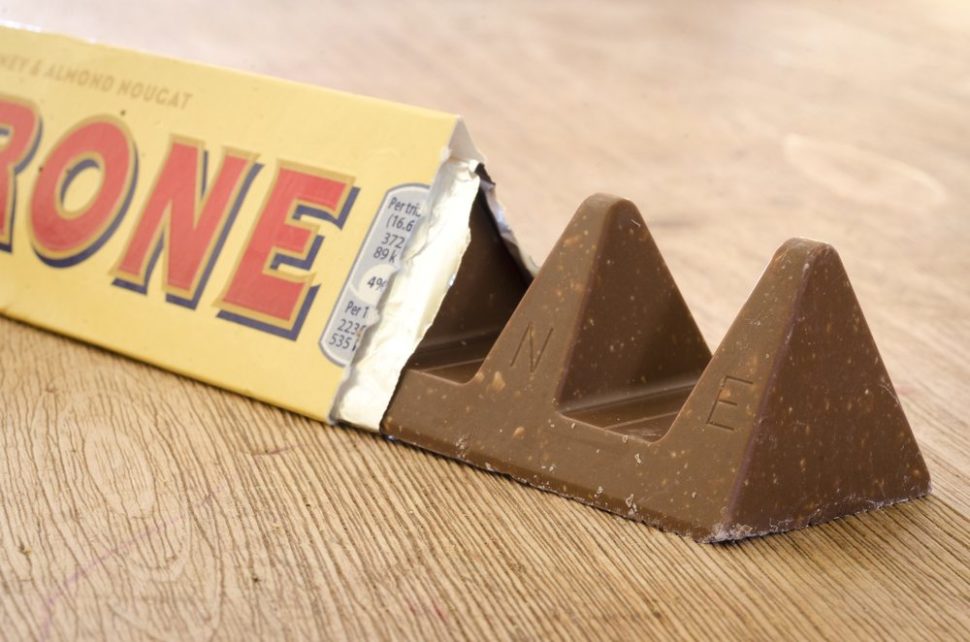Quantum computing is progressing at an incredible rate, but one of the main limiting factors has been practical data storage. Scientists have just found a tiny solution.
Now, 32 and 64gb flash drives cost less than $30 USD and come equipped with USB 3.0.
Our smartphones (which are basically handheld computers) have access to up to 64gb of internal memory and even cloud storage.
We also discerned DNA storage to the tune of 700 terabytes per gram.
Although tiny, the latest advancement in memory tech could have huge implications for quantum storage.
So Small, it Fits on a Chip
One of the biggest impediments to progress in quantum computers, devices and networks is practical quantum memory storage. Many are simply too big for everyday users or for practical applications.
Now, thanks to researchers from the U.S. and Italy, the search for a quantum memory device small enough to fit on a chip may be over.
Pro-tip: this device is precisely 1000x smaller than devices with similar functions (a trend in powerful new tech).
The device itself is just 10 by 0.7 micrometers with mirrors on each end. It is shaped like a triangular tunnel — similar to the Toblerone candy bar.
Dr. Evil may be A) a fictitious character invented by Mike Myers and B) a bad supervillain, but he got one thing right: lasers.
A Story of Photons, Lasers, & Quantum Storage
Per the Science Mag paper, the “Nanophotonic rare-earth quantum memory with optically controlled retrieval” experiment fired laser pulses at the quantum storage device. This caused photons to accumulate at the comb forcing absorption, and subsequent emergence, after 75 nanoseconds.
Researchers fired yet more laser pulses (dual, this time) during the absorption phase to delay the emergence by 10 nanoseconds.
As a result, the researchers achieved on-demand data retrieval. But, like all good scientists, they still had to show proof.
In order to show that the data remained intact, the team compared photon wave functions from before and after the laser pulses. Results showed both states to be similar to the original “zero” state — meaning the information remained practically unchanged.
Quantum Memory Chip Uses Photons & LasersClick To TweetWith the zero, one, and both states of the photon wave functions remaining nearly exact, the device gained confirmation as a quantum memory device.
Why is This so Cool?
While this quantum storage device isn’t the first to play around with photons and lasers, it is the first small enough to have practical applications.
That means that we’re one step closer to commercial quantum computers that fit comfortably on our desktops.
furthermore, previous quantum devices operated using qubits and 2D systems to superimpose two states (zero and one) simultaneously. By working within frequencies using photons and laser excitement, the superposition of states has significantly more possibilities.
Other applications include more secure communications and, of course, faster computing capabilities.


















Comments (0)
Most Recent